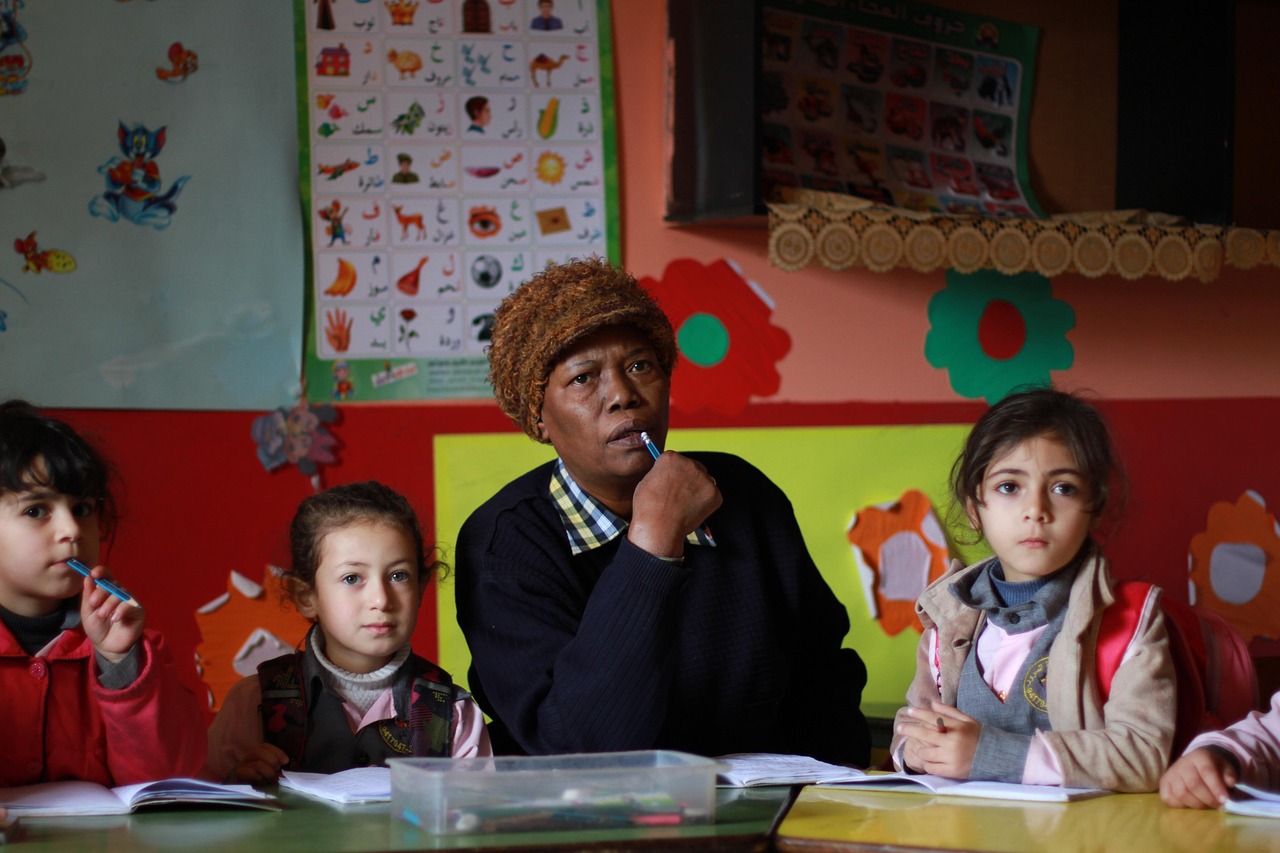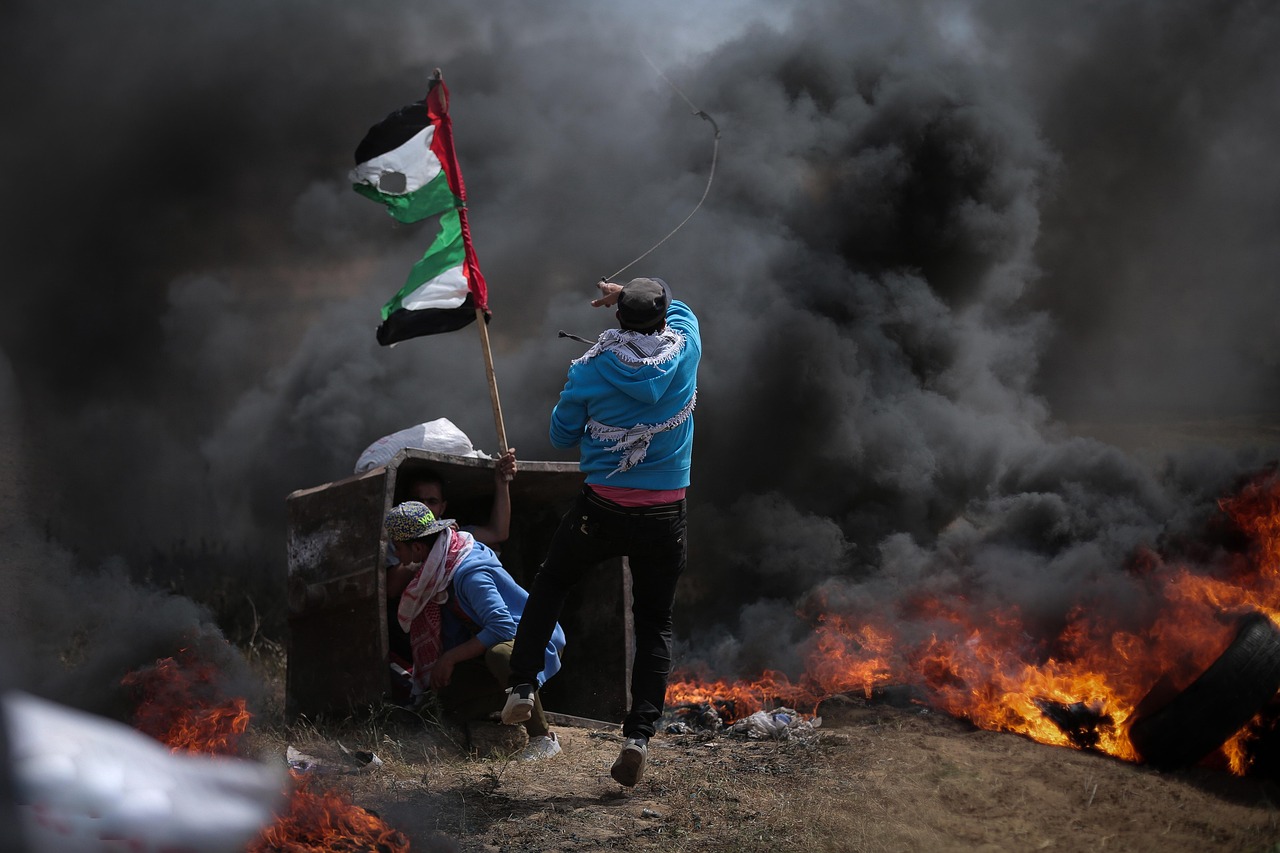
Overview of Hamas Response to Gaza Ceasefire Proposal
Timeline of Ceasefire Negotiations and Amendments Requested by Hamas

The US proposed a ceasefire plan that includes a 60-day truce and staggered release of 10 living Israeli hostages and 18 bodies in exchange for Palestinian prisoners. Hamas accepted the general framework but demanded US guarantees that hostilities would not resume if permanent peace talks fail. Additionally, Hamas insists Israeli troops return to pre-March ceasefire positions and that humanitarian aid distribution be exclusively handled by the UN and partners, ending the Israel-and US-backed Gaza Humanitarian Foundation’s role.
Israel and US Reactions to Hamas Ceasefire Response
Israel and the US have not immediately responded to Hamas’s amendments. Historically, both have been reluctant to accept demands that could limit military action. Israeli Prime Minister Benjamin Netanyahu has ruled out ending the war before all hostages are freed and Hamas’s military capabilities are destroyed. US President Donald Trump stated Israel had accepted the plan’s necessary conditions and urged Hamas to accept the “final proposal, ” warning that the situation would worsen otherwise.
Current Conflict Status and Humanitarian Impact in Gaza

While ceasefire talks continue, Israeli forces have intensified bombardment across Gaza, killing dozens, including at least 15 civilians in Khan Younis. Médecins Sans Frontières reported 16 killed when Israeli forces fired on people waiting for aid. The UN recorded 509 deaths near aid centers and 104 near convoys, though the Gaza Humanitarian Foundation disputes these figures. The conflict has caused over 57, 000 deaths in Gaza since October 2023, according to local health authorities, and ongoing starvation is pushing the population to breaking point.
Hostage Situation and Public Appeals in Israel
With about 50 hostages still held by Hamas, including at least 20 believed alive, Israeli families and supporters are rallying for a comprehensive deal. A recent event in Tel Aviv featured speeches from former hostage Keith Siegel and family members of victims, emphasizing the need for a final agreement to secure all hostages’ release. Netanyahu affirmed his commitment to bringing back all hostages during a visit to the border community most affected by abductions.
Summary of Key Points in Ceasefire Proposal and Obstacles
The ceasefire plan involves a phased truce, hostage exchanges, and humanitarian aid. Hamas seeks stronger guarantees from the US to prevent renewed hostilities if talks fail, demands withdrawal of Israeli troops to earlier positions, and insists on UN-exclusive aid distribution. Israel demands the destruction of Hamas’s military capacity before ending the war. The ongoing conflict and humanitarian crisis complicate negotiations, with both sides holding firm on critical conditions.








